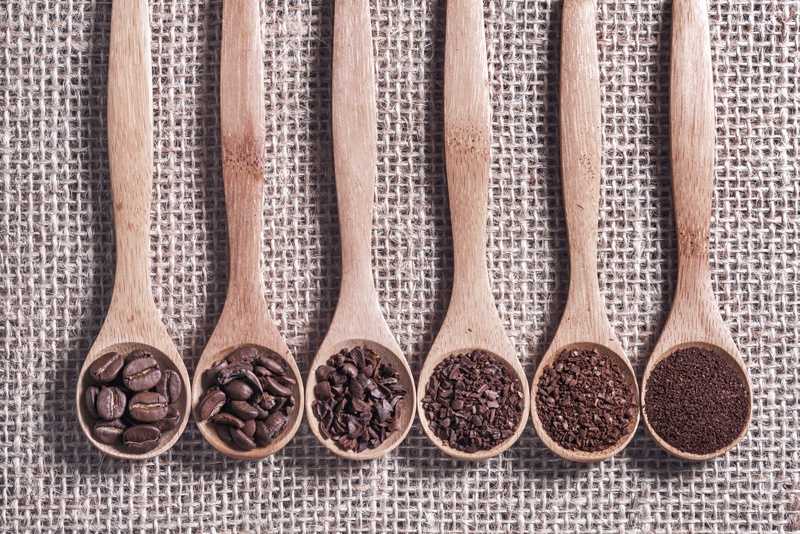Five Coffee Grinding Tips You Need To Know
31st May 2019
Where coffee is concerned, the daily grind is a coffee lover’s dream. The rich, spicy aromas created by grinding a fresh batch of roasted coffee beans is an unforgettable experience. The importance of grinding is often overlooked even though it is a crucial step in the anatomy of creating the perfect cup of coffee. If you are an amateur when making coffee and unsure how the grinding process works, then this is the guide for you.
Purchasing the Coffee Beans
Firstly, you will need to invest in fresh coffee beans, that are no more than a few days old, rather than pre-ground beans for the most effective grind. Coffee reaches its best just days after it has been roasted.
Getting to know your taste for coffee is all part of the fun. The numbers on the front of freshly roasted coffee bean packs refer to the strength of the beans. Lower numbers mean they have been roasted lightly and have brighter flavour notes. Higher strengths are roasted darker and are more full bodied and intense.
There are lots of various types of coffee profiles from rich, nutty tastes, to coffees with a floral aroma. There are no limits to the types of coffee available. Exploring these different strengths and origins is an exciting new experience for any coffee lover.
1. Grind Consistency
The first thing to be considered when grinding coffee is the grind consistency and must be specific to your preferred brewing method. Coffee can lose its flavour thirty minutes after being ground and is best to grind the beans before brewing. Coarse, medium and fine grinds are used for various brewing methods to get the most out of the coffee’s flavour profiles.
Coarse – This type of grind leaves the largest of granules of coffee and is a preferred method when using a French Press.
Medium – Medium grinds have a consistency of granulated sugar and are recommended for drip coffee makers.
Fine – Also known as an espresso grind, this is a grind with a powdery consistency used in espresso makers.
Pulverized – Like fine flour, this fine grind usually needs the help of a special grinder.

2. Measure Your Beans
It is important to get the amount of coffee you are using right. You can do this by using a digital scale to measure the coffee beans and making the same amount of coffee per unit of water each time you brew for a better tasting coffee. A strong cup of coffee for example, is one part coffee and 20 parts water, but will depend on your taste requirements.
An alternative way of measuring it is to fill the grinder to capacity being careful not to under fill or overfill as it will ruin the taste of the coffee. On average, 7g of ground coffee is enough for one cup.
3. Use the Right Temperatures
The desired brew temperature is between 195 and 205 degrees Fahrenheit. If you are using boiling water then use only recently boiled water that has been standing for just over a minute. If you re-boil the water, the oxygen water levels will be too low and will burn the coffee grounds leaving you with a bitter tasting coffee.
To get it right you can try pouring water onto a spoon before letting it hit the coffee beans so it can have a chance to cool before mixing with the grinds.
4. Quality of Water
For a coffee that is at its full potential in terms of flavour, you need to consider the quality of the water you are using in your facilities. Using water that is too hard and full of minerals risks the water not bonding with the coffee beans well. High mineral content also leads to build-ups in your coffee machine or maker, meaning it will need to be descaled more often.
Heavily filtered or distilled water can be equally as destructive, if lacking minerals altogether which will force the water to take the minerals out of the metal in the machine.
The water needs to have a mineral balance of 150 parts per million, by using lightly filtered water.
5. The Brewing Time
Different flavours inside the coffee are released at different times. To get the most out of your coffee beans you will need to pre-infuse your coffee grounds by adding a small amount of water to them in the grinder and stir the beans.
Stir five to six times to make sure the grounds are well stirred if using a manual coffee grinder. Leave it to brew for four minutes to give the flavour its time, then plunge. After this, pour it straight away so it doesn’t over brew. This process means any carbon dioxide left from the roasting process will have a chance to release, making the brew strong and flavoursome.

